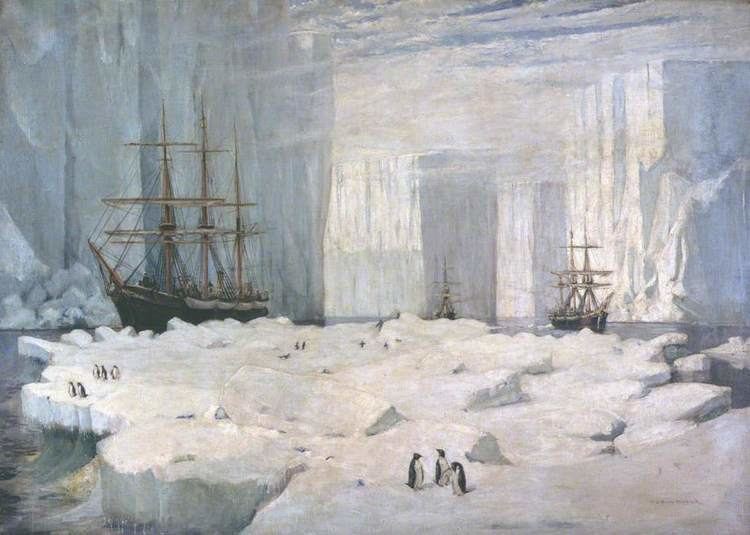 | ||
The first evidence for whaling in Scotland is from Bronze Age settlements where whalebones were used for constructing and decorating dwelling places. Commercial whaling started in the Middle Ages, and by the 1750s most Scottish ports were whaling, with the Edinburgh Whale-Fishing Company being founded in 1749. The last company still engaged in whaling was Christian Salvesen, which exited the industry in 1963.
Contents
Modern history
In the 19th century Arctic Right and Humpback whaling, conducted from ports right along the east coast of the country, was vital for the Scottish jute industry, especially for processing jute fibre in Dundee. Whale oil was also used for street lighting. The two main Scottish ports were Dundee and Peterhead. Greenock was the only significant whaling port on the west coast.
Whaling was also conducted on the west coast. A station at Bun Abhainn Eadarra near Tarbert in the Outer Hebrides was founded by the Norwegian Karl Herlofsen in 1904. Later acquired by Lever Brothers it was abandoned by them in 1929. Operations continued under new owners but it finally closed in 1951. Little remains to be seen of the site except the incongruous red brick chimney.
The Scottish whaling industry rapidly declined at the beginning of the 20th century, and ended completely in 1963 when Edinburgh-based Christian Salvesen, once the largest whaling company in the world, withdrew from the industry and sold its last two whaling vessels.
Although whaling in now considered to be a controversial trade, for many centuries it was a vital element of the Scottish economy.
Pioneering role of Scottish whalers in Antarctic exploration
The first known photographs of Antarctica were taken during the Scottish whaling expedition of 1892-93. A Dundee whaling fleet, with scientific officers on board, visited the Falkland Islands, the Joinville Island group and the northern Trinity Peninsula. Captain Robertson discovered and charted Active Sound and the Firth of Tay. The fleet encountered Carl Anton Larsen of the Jason, near Joinville Island, on 24 December 1892. Four ships took part:
The success of the 1892-93 expedition led directly to the Scottish National Antarctic Expedition of 1902–04, and to Dundee being chosen for building the Discovery for the Discovery Expedition of 1901–04.
Scottish place names in Antarctica
Due to the work of Scottish whalers, sealers and other sailors, several place names in or near Antarctica have Scottish origins:
